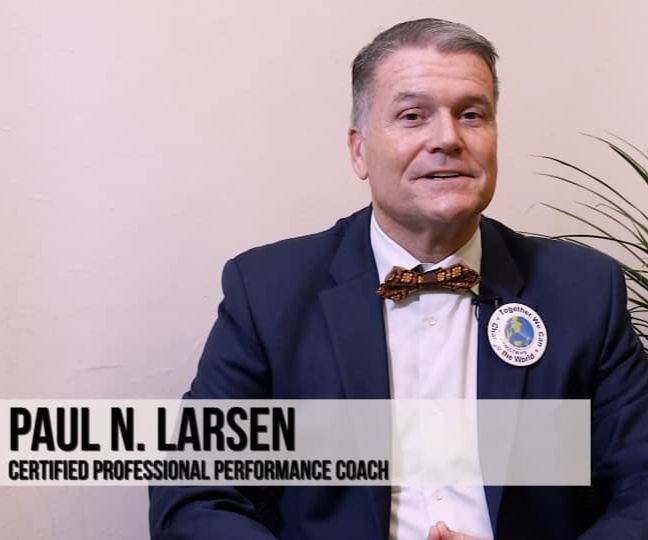Don’t Be a Lone Wolf in Sales!

How do you do, Mr Lone Wolf?
You know, there isn’t a more dangerous myth in sales than that of the ‘lone wolf’. I’m sure some of you have probably heard of some story about a super salesperson who single-handedly turned a company around with outstanding sales figures.
But chances are, that’s just a bedtime story! In reality, wolves work best when operating in a pack. By hunting as a team, the ‘wolves’ in a sales team can tackle larger targets that provide a taste of success for the whole group.
There isn’t a more dangerous myth in sales than that of the ‘lone wolf’.
Selling is a cat-and-mouse game, especially if you’re in start-up territory. Staying nimble and adaptive requires every member of the pack to play their part. So, try the following to get your salespeople to work as one:
1. Make healthy feedback a part of the process
I always ask my team to formally or informally give me feedback so they see sharing criticism as a positive force, not a negative one. It can be uncomfortable, to be sure, but feedback is growth fuel for sales teams.
If you’re not sure where to start, pick a particular function to share feedback around. Rachel Clapp Miller, U.S. sales effectiveness consulting firm Force Management’s VP of marketing and digital engagement, uses sales calls as an example. She makes a habit of asking coworkers to evaluate her call performance.
In turn, she offers opinions to employees, providing feedback to reinforce what’s working well and to fix what isn’t. She urges workers to talk about their performances objectively and without self-strangling skepticism. Not only does this tactic help her and her teammates improve, but it also turns to share feedback into a cultural expectation.
2. Encourage knowledge sharing when you’re not around
Candid cross-pollination of ideas often works best when the boss isn’t around. Sales leaders should set the process in motion but then step back and trust the team to share ideas without them.
Members of an effective sales team often get together for what they call their ‘war stories’ meetings. This is when they swap sales tips, vent, and coach one another. It’s not a formal event; they meet as needed and without leaders looking over their shoulders.
3. Balance individual and team-based compensation
Dollar signs rule the minds of most salespeople. But if you’re tying your representatives’ paychecks solely to what they do on their own, you’re undermining the team. At the same time, eliminating individual commissions makes it easy for poor performers to coast on the backs of sales experts.
Buyers have gotten smarter, competitors have gotten more cunning, and market spaces have become more crowded. Lone wolf salespeople aren’t bagging sales like they used to.
Optimising the ratio of individual-to-team compensation is tricky, but it’s not impossible. Many models link somewhere between 10 and 25 per cent of variable compensation to team performance. If team targets can’t be built into each individual’s plan, then offer bonuses for team performance instead to demonstrate leadership’s commitment to the team’s success.
4. Build team-building into promotion criteria
Still have a few hold-outs on your sales team who won’t get on board with collaboration? Create a promotion policy that requires regular sharing of ideas. Most ‘A players’ are ambitious people who seek higher titles and responsibilities, and they’ll do what’s needed to get there. Even the ones who tend to go into lone wolf mode by default.
Employers should dictate between 8 to 10 behaviours for personal progression. Be specific, though. It’s not enough to tell salespeople to be more team-oriented. You might stipulate, for instance, that they consistently lead sales knowledge transfer sessions as part of your criteria.
Sales doesn’t work the same way it did 20, 10, or even five years ago. Buyers have gotten smarter, competitors have gotten more cunning, and market spaces have become more crowded. Lone wolf salespeople aren’t bagging sales like they used to.
Nowadays, it’s collaborative teams that are taking home the trophies.
Reposted with permission on Leaderonomics.com
Functional
Tags: Sales





